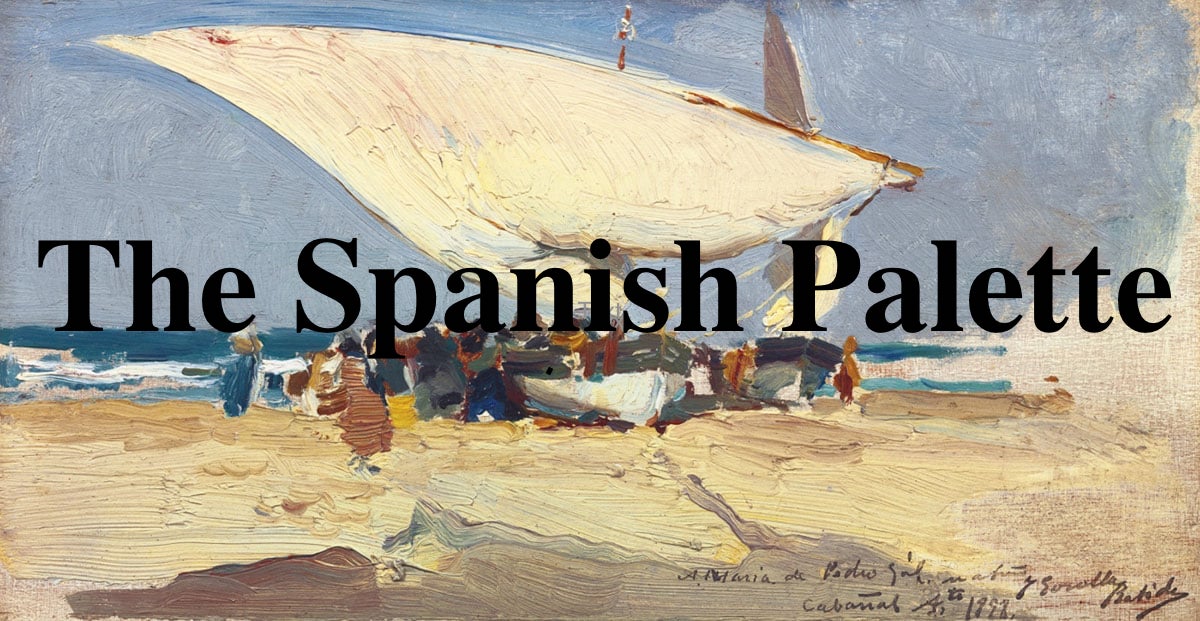Ronda's Enigmatic Masterpiece: Puente Nuevo
When thoughts turn to Ronda, a main image unfailingly emerges - that of the breathtaking Puente Nuevo bridge. This architectural wonder has firmly established itself in the pantheon of Spain's most revered bridges, and the reasons for its acclaim are evident at a glance.Spanning the El Tajo gorge at a breathtaking height of 120 meters, the Puente Nuevo bridge connects the two historic parts of Ronda: El Mercadillo and La Ciudad.
Ronda's rich history unfurls before us as we delve into the story of the Puente Nuevo. For centuries, the city held immense strategic value, safeguarded by towering cliffs that shielded over half of its territory. However, this changed when Muslim Moors conquered Ronda in 713 AD, leading to the erection of city walls on the unprotected side of the cliffs. For nearly eight centuries, Ronda remained an impregnable fortress.
It wasn't until Christian forces strategically cut off the city's water supply through a mine built by the Moors that a new era dawned in Ronda. Lands were divided among the knights and nobles who had contributed to the conquest, ushering in a period of prosperity. Nevertheless, the imposition of high taxes on those entering the city walls resulted in the emergence of markets just beyond them.
The 15th century marked a turning point in Ronda's history as its strategic location above the Tajo gorge began to clash with the city's need for expansion. While the 100-meter-high gorge provided excellent protection, it posed a significant obstacle to commerce between the city's two sides. El Mercadillo, aptly named "The Market," flourished on the opposite side, hosting inns, taverns, hospitals, and even the city's bullring.
At that time, the only way to cross from one side to the other involved descending to the Puente Viejo (Old Bridge) at the gorge's base and then making a strenuous ascent on the other side. This hardship drove Ronda to embark on the ambitious project of constructing a bridge at the gorge's summit.
In 1735, the city took its first step toward this vision, beginning construction on a bridge with an audacious single arch that spanned an impressive 35 meters. After just eight months, the bridge opened to the public. Tragically, a mere six years later, it collapsed, claiming the lives of 50 people. The tragedy was attributed to inadequate support, as there were no precise calculations for construction back then, relying instead on trial and error.
This ill-fated bridge was one of the last to be built before the advent of modern engineering, heralded by the opening of the École Royale des Ponts et Chaussées, the world's first engineering school in France in 1747. Spain would not establish its own engineering school until 1802.
It took several years for Ronda to recover from this traumatic event and to even contemplate constructing another bridge. The haunting reminder of the fallen bridge's rubble in the gorge below served as a painful memory.
When the construction of the current Puente Nuevo began, the city was determined not to repeat past mistakes. The brilliant architect José Martín de Aldehuela, renowned for his work on cathedrals and the Ronda Bullring, led the project. His selection was attributed not only to his impressive portfolio but also to his expertise in constructing an 11-kilometer aqueduct to supply water to Malaga, which made him an authority in building sturdy arches.
Work on the new bridge presented a fresh set of challenges, requiring a sophisticated system of pulleys and lifting equipment to raise quarried stones from the gorge below. Finally, in 1793, the grand bridge, standing tall at 98 meters (300 feet), was unveiled, 34 years after construction commenced. It held the title of the world's tallest bridge until 1839 when the Caille suspension bridge in France surpassed it.
Today's Puente Nuevo seamlessly blends with its surroundings, almost appearing as an extension of the gorge itself. Its main arch, spanning just 15 meters, defies the typical appearance of bridges, becoming one with its environment, including the riverbed. It's no surprise that Ronda's Puente Nuevo stands as an iconic symbol, unmatched by any other bridge.
The bridge's captivating history has spurred numerous tales and legends, from the enigmatic stories of its construction to the speculations of events during the Spanish Civil War, fueled by Ernest Hemingway's writings. While some may be rooted in fiction, these stories contribute to the bridge's mystique, attracting travelers eager to immerse themselves in Ronda's intriguing ambiance.






Comments
Post a Comment